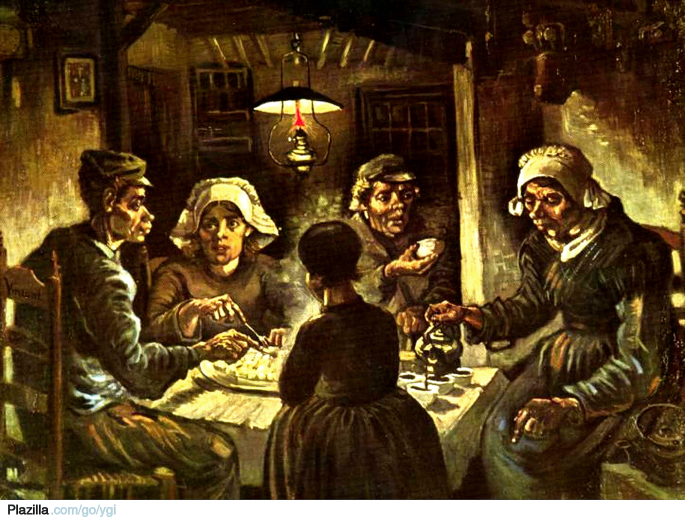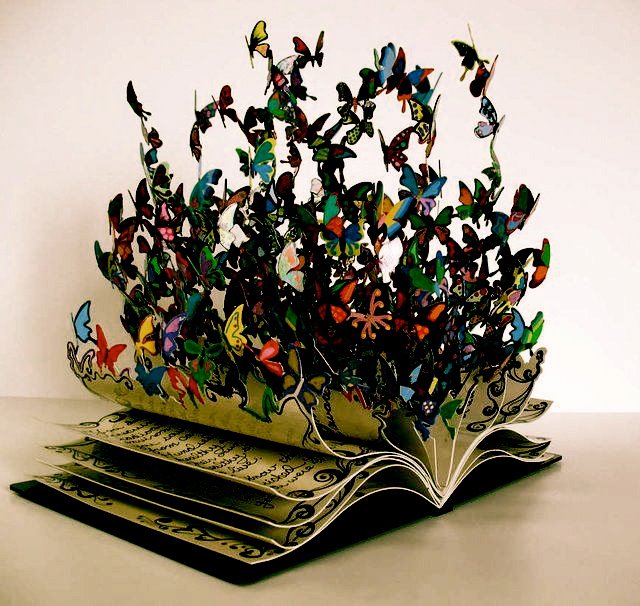David and I have been back in Madison for a couple of weeks now. It has been strange, to say the least, after five weeks away. We find we still tend to see Impressionist paintings in the landscapes and sky, and we still crave goat cheese often. But now that the unpacking, the laundry, the catching up on mail/email, and the formal collating of (over 300!) photographs is finished, what’s next?
It took almost two weeks for me to work up the courage to begin the next steps in my creative journey. After being exposed to intense beauty non-stop, I knew it was time to begin the process of creating something beautiful myself, but I was paralyzed by the idea, afraid to do anything for fear that it wouldn’t be good enough. It’s not that I worried about anyone else’s judgment; it’s that I am fully aware of my own limitations. I’m not skilled enough to outwardly express the loveliness I see. My inner critic needed to go lie down and take a nap before I could take the next step.
After I tucked her in, I worked up the courage last week to began taking classes twice a week from local art glass/mosaic artist Don Spencer. He specializes in creating painting-like mosaics. Rather than using uniform square blocks of tile to create a mosaic, Don forms images using small, irregular fragments of glass to resemble paint brush strokes. (You should check out his website: donspencerartglass.com). His style is a perfect match for an homage to Van Gogh.
My companion on this leg of my journey is Van Gogh’s “Starry Night Over the Rhone” (not, I hasten to say, the famous “Starry Night” painting you are thinking of, though certainly there are similarities). This one is less swirly, but is also a striking visual statement in blues and golden yellows.
Now that I’ve begun the process, it’s not really that scary. It helps that every day I have to focus on small things, rather than taking on the enormous masterpiece as a whole. Most of my first day was spent choosing various colors of yellow glass and cutting the pieces up into little tiny bits without wounding myself. I encourage all of you who are stymied in the creative process to do something equally tiny to get started. Nothing is as scary as the blank page. Find your equivalent of cutting glass into itty-bitty bits and see if it doesn’t make you braver!
When we were in Arles, David and I stood at the very spot on the bank of Rhone River where Vincent would have painted this scene in 1888. Because we were there mid-day, not at night, we didn’t see this exact view. Unfortunately, instead of little sail boats on the riverbank, a giant barge was parked right there, blocking most of our sightline, so we didn’t take a photo. Still, it was something to recall that by this point in his life, the townspeople of Arles were already worried about the unconventional artist in their midst who set up his canvases and worked outside in the dark.
Not too long after this painting was completed, the people of Arles signed a petition to have Van Gogh removed from their town permanently, and Vincent checked himself into a mental hospital in nearby San Remy. When I consider what obstacles Vincent faced in order to express himself artistically, I’m humbled. What am I risking by following my muse? Nothing like being ostracized from my community, that’s for sure. What do I have to lose except a bit of blood and some pride, here and there? Is it worth some attempts and failures if my burning desire is to communicate non-verbally that “The Light shines in the darkness and the darkness cannot overcome it” (John 1:5)?
Yes, oh yes.
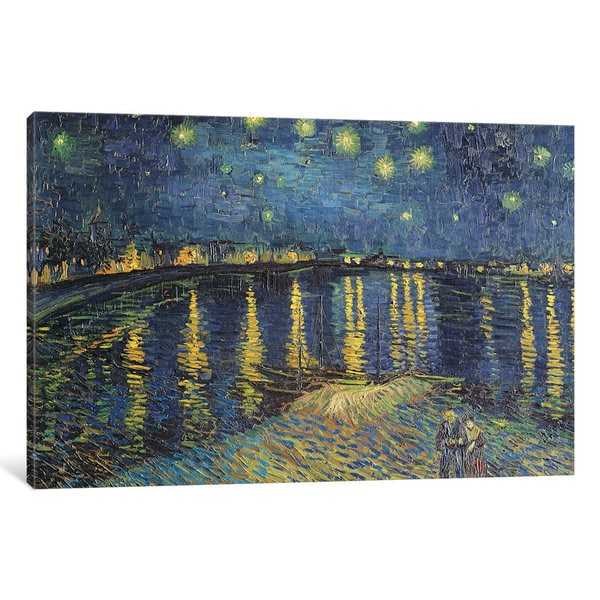


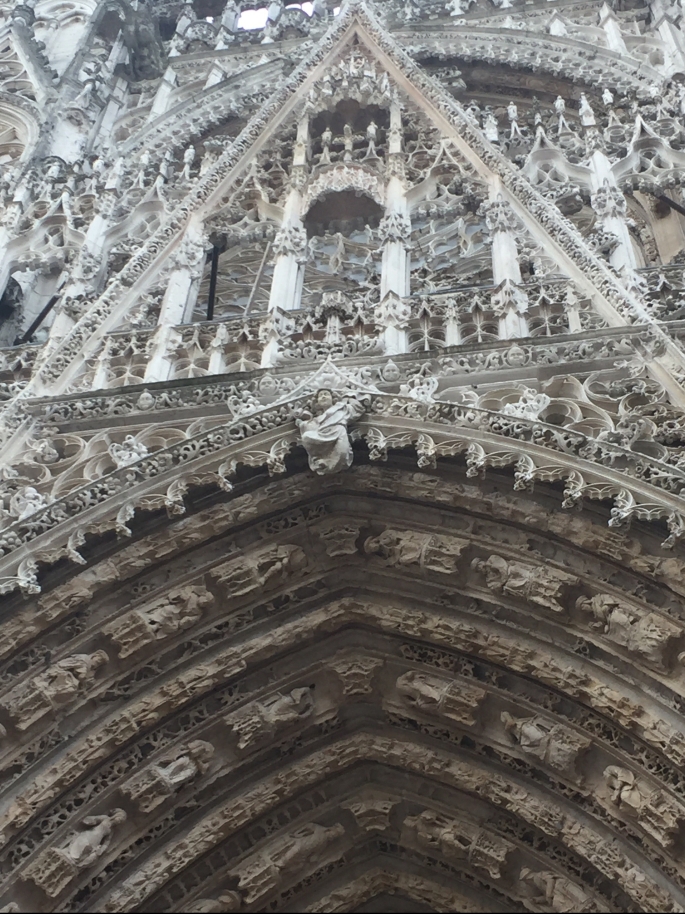








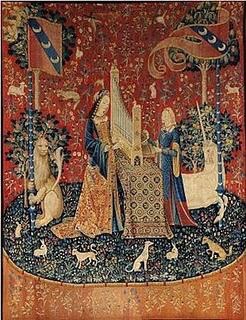 Partager
Partager



